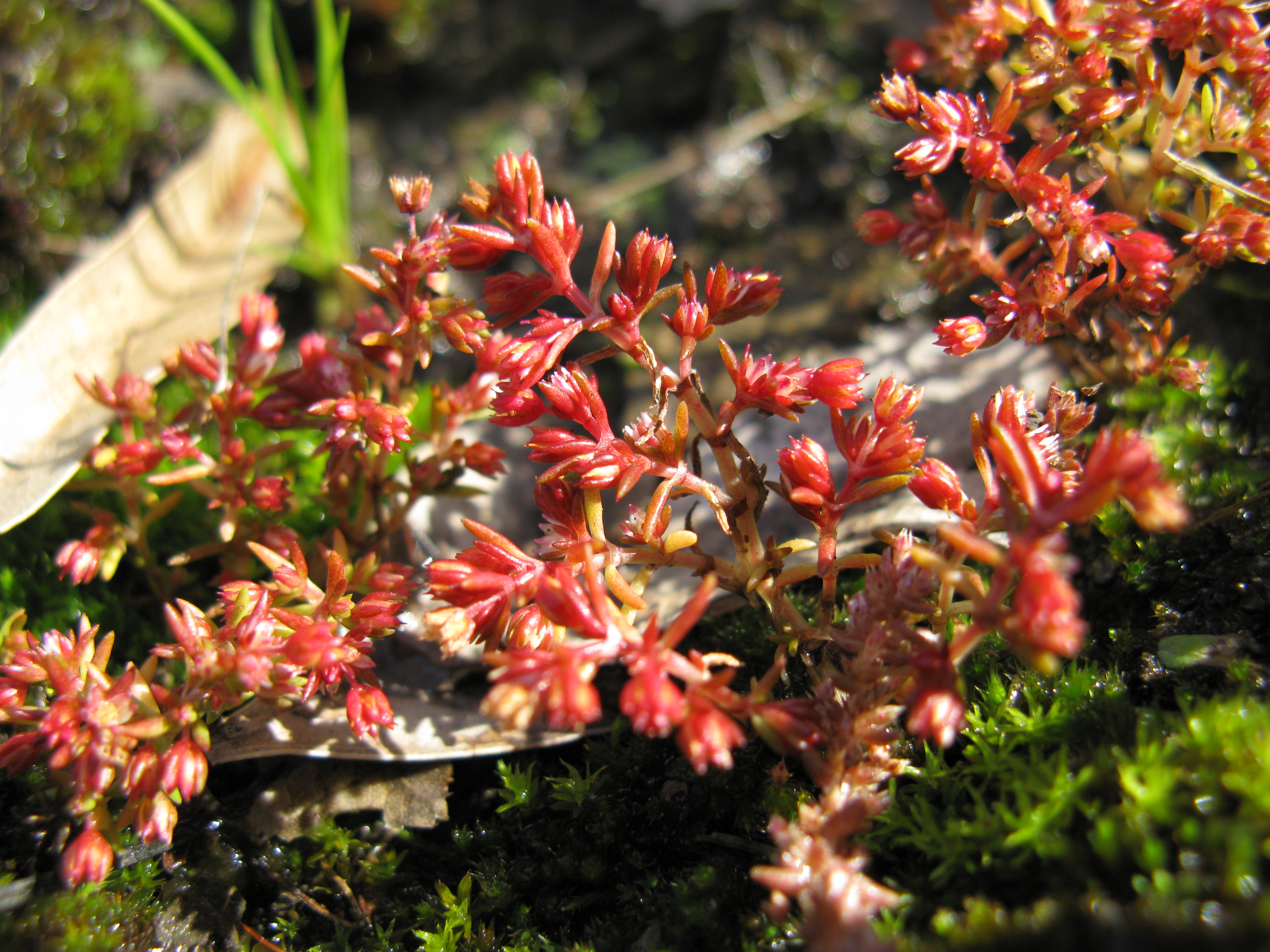Crassula decumbens
(Crassula decumbens)

Description
Crassula decumbens, commonly known as rufous stonecrop, cape crassula or spreading crassula, is a herb in the Crassulaceae family that is native to southern parts of Australia. The annual herb blooms between July and October producing cream-white-pink flowers. It has a decumbent habit or erect branches up to 15 centimetres (6 in) in length. The acute leaves have a linear-lanceolate to oblanceolate shape and the blade is typically 2.5 to 9 millimetres (0.10 to 0.35 in) long with a width of 0.4 to 1.5 mm (0.016 to 0.059 in). The axillary flowers are four merous with a pedicels that are longer than sepals in fruiting material. The sepals are erect with a lanceolate shape and obtuse apex. Petals are striate and brown in colour and shorter than the sepals. The flower base is connate with a hooded apex. The Stamens with anthers have an ovoid shape. It forms yellow seeds with a cylindrical-ovoid shape. The species was first formally described as Crassula decumbens by the botanist Thunberg in 1794 in the work Prodromus Plantarum Capensium. Synonyms for the species include Tillaea trichotoma and Bulliarda trichotoma.
Taxonomic tree:







